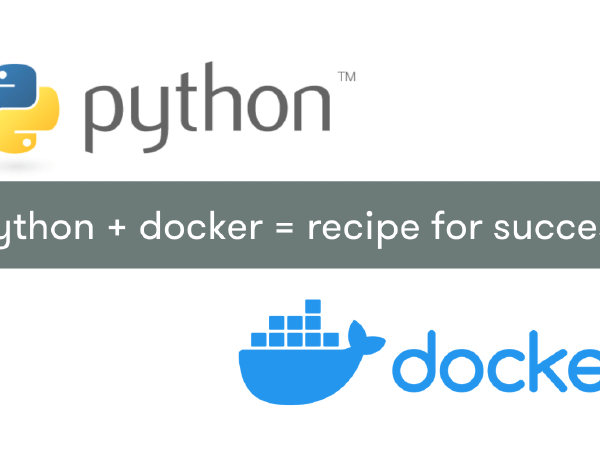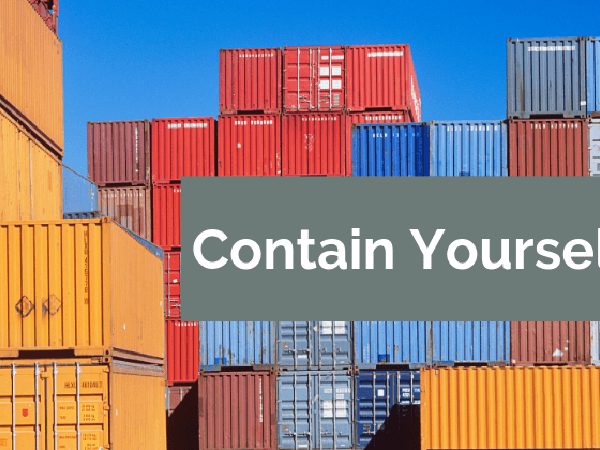Docker
2025

How to Create a Helm Chart for a Django App
At Caktus, we use Helm charts to simplify our deployment process for Django projects. Helm is a package manager for Kubernetes, and using Helm charts allows us to automate the process of writing Kubernetes configuration files for our Django applications. We use it together with GitHub Actions and Ansible to streamline our deployment processes.
2021

How to Decouple Your App From its Operating System with Docker
We regularly update and improve our upgrades and sustainability service offerings at Caktus, and a recent upgrade for a client precipitated a solution that I felt might be worth sharing. At Caktus, the preferred approach for addressing upgrades and sustainability is to make incremental updates to a project over time, trying to keep both Django and the servers themselves on a long-term support version. These are select versions of Django and Ubuntu, for example, that generally have much longer support periods than other versions, i.e., they are a good fit for applications that you will need to continue maintaining well into the future.
2020

How to Use the "docker" Docker Image to Run Your Own Docker daemon
There exists on Docker hub a Docker image called docker. It also has two flavors, "stable" and a "dind" (Docker-in-Docker). What is this image for and what is the purpose of these two different image tags?
2017

Here's a Production-Ready Dockerfile for Your Python/Django App
Update (October 29, 2019): I updated this post with more recent Django and Postgres versions, to use Python and pip directly in the container (instead of in a separate virtual environment, which was unnecessary), and switched to a non-root user via Docker instead of uWSGI.

Ship It Day Q1 2017
Last Friday, Caktus set aside client projects for our regular quarterly ShipIt Day. From gerrymandered districts to RPython and meetup planning, the team started off 2017 with another great ShipIt.